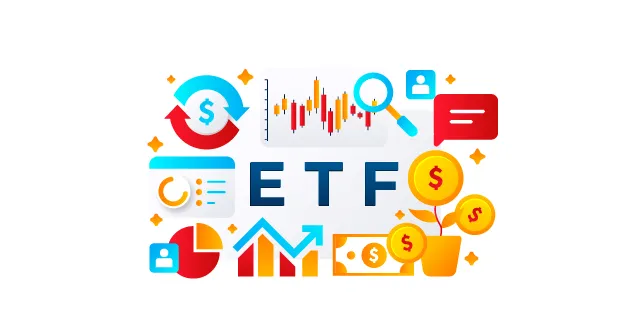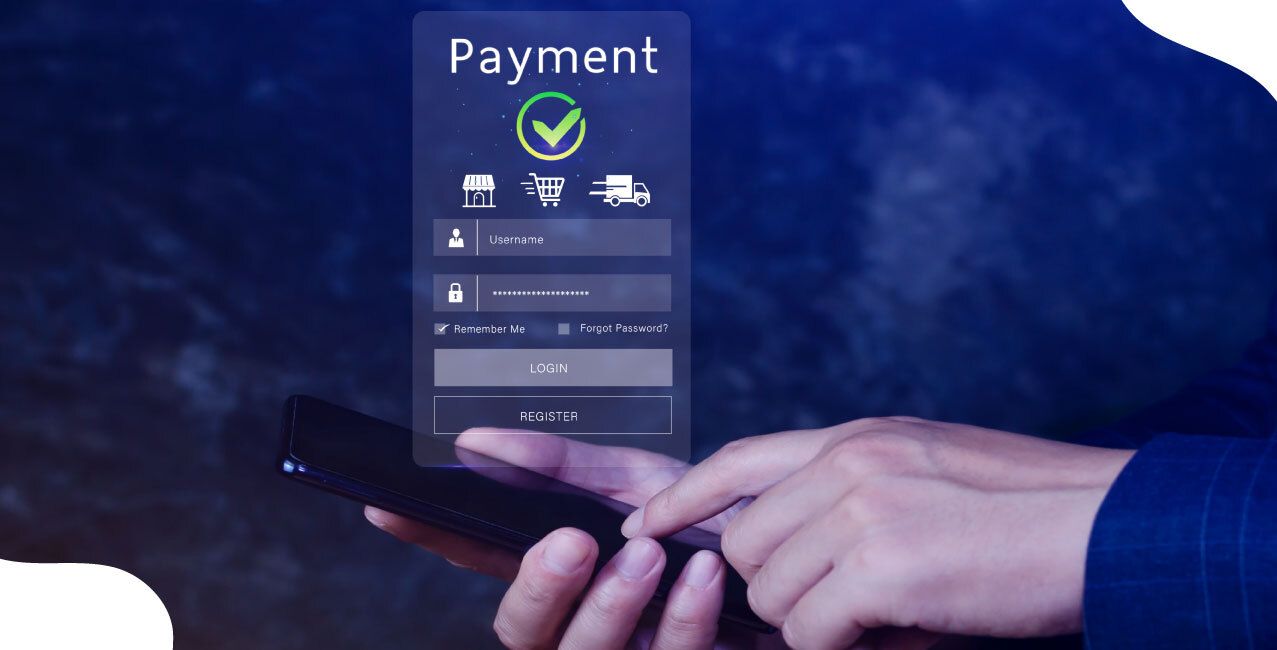
Author
LoansJagat Team
Read Time
6 Min
24 Jul 2025
What is an ETF Fund? Meaning, Benefits & How It Works
An exchange-traded fund occurs when an investment fund is traded in a stock exchange. Assets that an ETF can carry include stocks, bonds, or commodities. It provides diversification, tradability and is usually index, sector or themed-tracking.
What is an ETF Fund?
- An ETF (Exchange-Traded Fund) is the kind of investment fund that is traded on the stock exchange, like a stock would trade.
- It invests in a combination of assets (stocks, bonds, commodities) to diversify.
- It is tradable at any time during the market and at live prices.
Example Table:
Through an ETF, Mohit can enjoy a cheap method of investing that does not require him to select the actual stock.
What is an ETF Fund?
It is a basket of stocks, bonds or other assets that is traded on the market as a single stock, an ETF. It allows you to invest in large numbers of companies, which lowers risk and also cost.
Example:
Mohit has ₹5,00,000 to invest, and he is not interested in individual stocks. He then purchases a Nifty 50 ETF, so that he gets small portions in the top 50 companies in India. So instead of picking the stocks one at a time, he can buy an instant portfolio of the top companies.
Read More - What is an Index Fund
Key Benefits of ETFs:
When Mohit invests ₹5,00,000 in an ETF, he has a hassle-free, cheap, and less risky means of increasing his money.
How do ETFs Work?
An ETF (Exchange-Traded Fund) is a kind of ready-made basket of investments, which includes numerous stocks or bonds. It can be sold and bought on the stock market, just the shares of one company, and this is what makes it very easy to trade in.
Example:
Mohit places his money of ₹5,00,000 in a Gold ETF where it is invested in tracking the price of gold. He does not own physical gold but holds the units of the ETF, whose value increases or decreases depending on the price of gold. Again, there is no need to worry about security, storing or purity of the gold.
How ETFs Work?
When he buys an ETF that invests in gold, Mohit enjoys all the advantages that gold has, but he avoids the shortcomings; as with all his other ETFs, it is easy, liquid, and affordable.
Types of ETFs
ETFs are of various forms, which target investment objectives. They allow you to invest in other resources, but you do not need to acquire them.
Example:
Mohit has ₹5,00,000 to invest, and he is interested in diversification. To suit his targets, he ventures into the various categories of the ETFs, some could be growth oriented, some could be safety oriented and others based on specific sectors.
Common Types of ETFs:
Investing in a mix of these ETFs to the tune of ₹5,00,000, Mohit creates a well-diversified portfolio, balanced between growth and safety, as well as one that is simple to manage.
Advantages of ETFs
ETFs (Exchange-Traded Funds) allow you to place a bet on numerous assets simultaneously, as in an already prepared basket. They are traded as stock, which makes them very easy and adaptable.
Example: Mohit invests ₹5,00,000 in ETFs because:
- Diversification: His money spreads across many stocks/bonds, reducing risk.
- Low Cost: ETFs charge less than mutual funds, saving him fees.
- Easy Trading: He can buy/sell anytime during market hours.
- Transparency: He always knows what’s inside his ETF.
- No Lock-in: No need to wait—exit anytime without penalties.
With these ETFs, Mohit increases his money in a risk-free manner and without sweating and incurring a lot of expenses.
Also Read – Low-Cost Nifty Index Funds/ETFs
Disadvantages of ETFs:
There are also flaws with ETFs (Exchange-Traded Funds) as they are very simple to trade. They are not a fit for all investors.
Example: Mohit invested ₹5,00,000 in ETFs but noticed:
- Market Risk: His ETF value drops when the overall market falls.
- No Guaranteed Returns: Unlike FDs, ETFs can lose money.
- Trading Costs: Frequent buying/selling lead to brokerage charges.
- Limited Control: He can't choose individual companies in the ETF.
- Tracking Error: Some ETFs don't perfectly follow their index.
Mohit gets to know that ETFs require patience because they are not effective in making quick profits, but are effective towards long-term purposes.
Conclusion
The example of Mohit and his experience with ETFs shows that ETFs are a good option even for common investors. Investing the ₹5,00,000 to buy into various ETFs, he was able to enjoy the advantages of having a lot of companies and assets without having to make individual decisions on them.
Its cheap prices and convenient purchase/ sale process were simple enough to make him get started as an investor. Although the ETFs do not bring in profits and their value can increase or decrease with the market, Mohit is aware that ETFs are good in the long run and not for making money fast.
He is glad that he does not have to be too active in the market and be afraid of individual companies going down. ETF has come in as a viable way to increase his/her wealth at a gradual pace without much stress and time as well. Mohit can now ensure that he can go about his work with his money in the background.
FAQs
What exactly is an ETF?
An ETF is like a ready-made investment basket that holds many stocks, bonds, or other assets. Instead of buying each item separately, you buy one ETF and get a piece of everything inside it.
How is an ETF different from a mutual fund?
ETFs trade like stocks throughout the day, while mutual funds only price once daily. ETFs usually cost less and don’t require a large amount to start investing.
Can I lose money in ETFs?
Yes, since ETFs follow the market, their value can go down. But spreading your money across many companies (like Mohit did) lowers the risk compared to buying single stocks.
How much money do I need to start?
You can begin with just the price of one ETF unit—some start under ₹100. Mohit invested ₹5 lakhs, but you can start much smaller.
Do ETFs pay dividends?
Some do! If the companies in the ETF pay dividends, you’ll get your share, usually reinvested or paid out quarterly.
Are ETFs good for beginners?
Absolutely! They’re simple, affordable, and do the hard work (like picking stocks) for you. That is why Mohit chose them as his first investment.
How do I buy an ETF?
Just like stocks, through your brokerage account. Search for the ETF (like "Nifty 50 ETF"), enter how many units you want, and buy.
When should I sell my ETF?
ETFs work best when held long-term (5+ years). Sell only if your goal is achieved, or you urgently need money.
Are ETFs tax-free?
No, profits from ETFs held over 1 year attract 10% tax (LTCG). Under 1 year, 15% (STCG). Dividends are also taxable.
Other Informative Pages | |||
About the Author

LoansJagat Team
‘Simplify Finance for Everyone.’ This is the common goal of our team, as we try to explain any topic with relatable examples. From personal to business finance, managing EMIs to becoming debt-free, we do extensive research on each and every parameter, so you don’t have to. Scroll up and have a look at what 15+ years of experience in the BFSI sector looks like.

Quick Apply Loan
Subscribe Now
Related Blog Post


